Could the bad pet behavior you’re experiencing be due to a breakdown in communication?
If your animal is misbehaving, there is something you’re saying, thinking, or doing that’s causing that to happen, or contributing to the problem.
To start, there’s an excellent chance that you don’t communicate with animals as clearly as you think you do.
This really shows up the most when you’re trying to change your pet’s behavior through communication.
Their behavior either changes, or it doesn’t.
Black and white. Yes or no.
Before and after results, or lack thereof.
I got to thinking today about times when I’ve coached clients and animal talk students who would get so annoyed because when they tried to communicate with their animals about stopping an annoying behavior, nothing changed.
In their mind, they’d been very clear about what they wanted their pet to do.
- Stop jumping on people!
- Stop dragging me down the street on the leash!
- Stop biting / scratching / walking over me, dagnabit!
- Get off the counter / table and stop knocking my stuff on the floor!
- Don’t go over the fence (or outside), it’s dangerous out there!
- Stop growling and nipping! Ouch!
- Please stop barking! You’re driving me crazy, and the neighbors are complaining…
- Stop spooking at nothing! What’s wrong with you?! Just do what I want you to do, when I want you to do it, okay?
- Would you just eat your food, already? Why are you so picky, I paid a lot of money for that food.
And so on…
From the human’s perspective, their communication seemed very clear. A reasonable request, yet so frustrating when nothing changed…
What was their animal’s problem?
This led to my thinking about other, unrelated times when I got annoyed with others for not doing what I expected or told them to do.
Like, people at work not following my instructions for data entry.
Like, my husband when I asked him to pick up his tools, finish the “thing” he was working on, take his dirty dishes to the kitchen, or clean up his space.
Like, the kids not taking their bath and going to bed on time.
Or leaving their toys and trash everywhere for someone else (me) to clean up.
Like, dirty dishes not taken back to the kitchen but being left for me to find days or weeks later with mold growing on them.
I’d internally rage about how incompetent they were, how they were deliberately trying to ruin my life, or mood…
It felt like my needs weren’t important to them, and how they didn’t love me because they didn’t listen to me?

I’m not proud to admit any of this!
But I finally realized that I played a huge part in what was happening, and how the animals responded.
It took having the shoe be on the other foot a few times for me to realize this and connect the dots.
Like, when I was riding my horse Taylor in a lesson and he wouldn’t pick up the left lead on canter.
I got so upset! I just kept asking him to do it right, more and more forcefully, over and over and over and…
With our trainer there yelling at us for not doing it right.
Later when I calmed down and talked it over properly, Taylor told me that my intention didn’t match my actions.
I thought I was giving him the right “cues” but in fact I was doing the exact opposite and blocking him from picking up the correct lead.
My bad.
So embarrassing…

I corrected myself, and he easily did what I’d been asking him to do once I got out of his way.
Much apologies and many carrots were owed to make that one right.
Like, times when people got angry at ME for doing things that I had no idea were against rules or boundaries.
Or when I was corrected for “mistakes” that I had actually been led into making because the leadership had been weak.
What I want to communicate here is that you don’t communicate as clearly as you think you do.
None of us do.
Communicating clearly and precisely can be incredibly challenging.
That’s true of talking with people.
And it’s especially true when you’re communicating with animals.
I said it earlier, but it bears repeating:
If your animal is misbehaving, there is something YOU are saying, thinking, or doing that’s causing that to happen, to persist in happening, or is contributing to the problem.
Because your animals are not stupid or clueless (although it can certainly seem that way at times).
They’re basically just as smart as you are, with some exceptions of course.
Animals feel, remember, and understand the world in different ways than you.
And they’re responding to what you’re giving them.
If you’re getting resistance and pushback and nothing changes, it’s because you’re communicating badly!
Listening is a big part of good communication, it’s just about speaking your mind or expressing yourself.
Which means you aren’t listening to them, answering their questions to their satisfaction so they can agree with you and come into alignment with you (sync and harmony, anyone?). It means you’re not respecting their unique viewpoints and concerns.
Maybe you thought “laying down the law” or just telling them what YOU need would make them do what you wanted instead of what makes sense to them from their viewpoint.
And besides that, you ignored your part in the equation (Human Animal BodyMind Connection) for how they are mirroring and reflecting you, your stress and your wounds.
And that’s a whole ‘nother topic beyond the scope of our chat today.
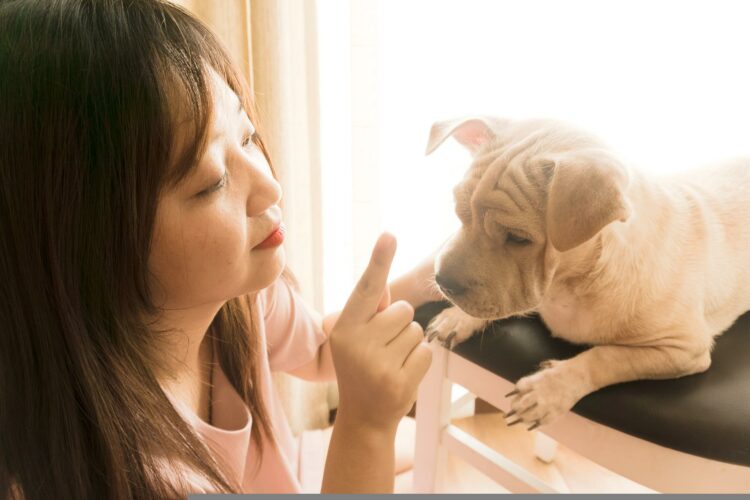
One other problem… you’re focusing on what you don’t want, not on what you DO want.
You may have heard the saying “What you focus on expands?”
Your pet sees what you’re focusing on in your mind’s eye, and naturally thinks you want more of that.
“Okay… if you secretly want me to jump / bark / growl / nip / etc? Happy to oblige, I can do more of that…”
If you aren’t crystal clear about what you really DO want, but instead just keep focusing on what you don’t want, then they can easily be confused especially when they get punished for it.
“But you said you wanted me to do more of that behavior…. now I’m in trouble?! Again?? I’m so confused…”
Your pet is smart, but how could they know what you really want unless you are clear about telling them that in a way they can understand?
Oopsie.
Honest mistake, but very confusing from the animal’s viewpoint.
Animal communication done right goes way below the superficial, surface level.
I know this because I’ve been communicating with animals professionally, solving problems with pets with the 5 Step HEART System, and teaching animal communication students how to communicate with animals successfully since 1993.
The truth is that if you just “tell them what you want” in a one-sided, your viewpoint only kind of chat, the animal is not going to suddenly change their pet behavior.
There are many reasons why your animal doesn’t behave better.
To solve pet behavior problems, we must go much deeper, engage in a full 2 way conversations, and become much clearer in how we listen to them, as well as what we say to them.
Knowing these things will make the difference between being a so-so, frustrated, less than average animal caretaker/communicator experience and mastering animal communication, along with the gift of enjoying well behaved, loving, safe and trustworthy animal partners.
For instance…
They may know things you don’t know and aren’t aware of, like…
That person they growled at? They may have bad juju, are thinking about hurting you, or they are alarming in some way that makes your pet feel uncomfortable, anxious, stressed.
So, they are warning them to stay away from you, trying to defend you.
OR, maybe the trust is that YOU don’t feel safe with the other people, your stress level goes up, you hold your breath feeling anxiety, worry or fear, and so they feel the need to act out to protect you.
Your energy and body language, even when it’s more subtle or even unconscious, is telling them to do that.
And if we looked closer and asked them what they know that we don’t understand yet, we’d also find how you’re rewarding the behavior, because your animal knows.
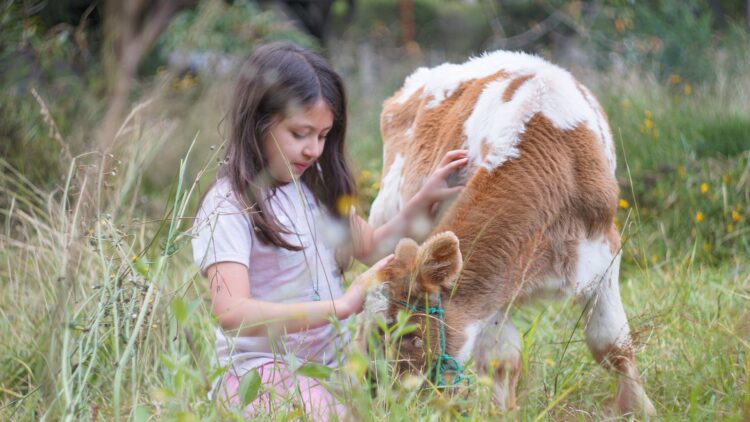
Behavior that persists is being rewarded in some way.
That’s true of people and animals too.
So… let’s take a closer look at this:
What about that person they keep jumping on?
What you don’t know is that that person loves it when the animal does that and encourages – even rewards – the behavior in some way.
Or maybe the person really needs more love and connection, because they feel lost or lonely or disconnected or depressed… and when your pet greets them with such abandon and obvious delight, it feels like a soothing balm to their spirit.
When they drag you down the street? You let them, so it must be okay.
You must want them to lead you, not escort you.
Maybe you let them lead you in other ways at home too, or tell them they’re in control in many subtle ways you don’t even realize.
Why not out on walks too?
They often will bite, scratch, or invade your personal space because you are invading their space and haven’t set clear boundaries in the first place.
You’re not listening to them when they try to talk to you…, or you’ve exceeded their tolerances in some way and they’re trying to give you a wake-up call to pay attention, dummy!
When Ms. Kitty leaps over the fence to go on a grand adventure, she’s following the call of the wild and honoring her need to explore her world.
She smells and hears things that you don’t.
Does she know what danger is from your perspective? What you’re afraid of?
Has she agreed to not go over the fence no matter what? No, she hasn’t.
Barking? What specifically are they barking at and why is that important to them?
What do they hope to accomplish by barking?
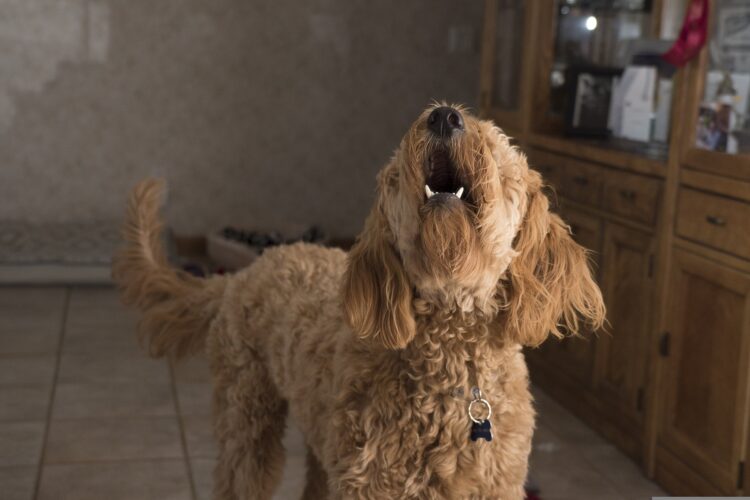
Until you know that, just “barking” (yelling) back at them to shut up won’t help.
Horses (and kitties and dogs too) don’t just spook at nothing without reason.
One show horse who wouldn’t go into a certain area of the arena told me he saw ghosts there who told him to stay away. Who would have guessed that one without talking with the horse first?
And yes, once we knew the real problem, we were able to solve it on the spot and the horse was fine going into that area of the arena after that.
What does your animal know or sense or perceive that you do not? Find out.
Healthy animals don’t normally not eat their food, there is a reason why they are picky.
Maybe their liver or kidneys aren’t working properly, their digestion is failing, they’re feeling sick, they have pain (ulcers? tumors?), tooth problems, the food is bad (smells like chemicals or yucky bits), maybe it’s making them sick or they feel nauseous, or giving them headaches…
There’s one more reason an animal’s behavior doesn’t change when you try to communicate with them.
You aren’t connecting properly from the heart, or you don’t know how to guide the conversation with proficiency in the first place.
You didn’t explain the best case scenario and the worst case so they can understand what you know that they don’t and why this is important, to them as well as you.
If they don’t clearly understand the consequences of their bad pet behavior, then why should they make the effort to change what they’re doing?
Or, maybe they don’t agree with your viewpoint at all. But you didn’t stick around in the conversation long enough to find out why they think that, so you could partner up to fix things together as a team.
Once you do that?
Ah! NOW you’re in partnership.
Now you’re no longer in conflict.
Now they see and know what to do, why to do it in a way that works for them…
They want what you want.
Their needs are met.
And everything gets much easier as their bad pet behavior improves naturally, effortlessly and easily.
If you want to communicate clearly so you get results solving pet behavior problems, you must get out of your human centered viewpoint.
When I first started solving bad pet behavior problems, and teaching students how to do it too, I discovered that they always have very good reasons for their behavior.
Our job is to find out what those reasons are, and to learn how to communicate clearly in a two way, heart to heart, mind to mind conversation.
Starting with a love connection.
These are the complex issues that my clients and students work on (and this is what I help them fix).
Imagine that.
The thought processes I’ve described here are the kind that I take my animal talk students through in The Heart School of Animal Communication® online classes and courses, in the BEST Online Animal Talk Coaching & Mastery Club’s Live Monthly Group Q&A Calls and the extraordinary series of Heart Wisdom Masterclasses.
If you know what you want your animal to do but you’re not communicating clearly enough to solve those problems, I help you to really pin down how to connect mind to mind, heart to heart…
From there, let’s be crystal clear on what exactly to SAY, HOW to say it, the right questions to ask in the right way and timing, how to convey that as a message they can understand, and how to listen to your animal in return.
I also help you find what’s in the way from the Human Animal BodyMind Connection perspective, so your pet doesn’t have to keep mirroring you or acting out your stress and imbalances.
Hands down, THIS is the secret sauce behind successful training, and well behaved animals.
Want more information about the Heart Wisdom Method of communicating with animals?
I make this easy as 1-2-3 for big hearted, spiritually open animal lovers.
Download my FREE Ebook Hidden Secrets to Communicating with Animals – just click on the picture below!
Beginners, advanced students and practicing professional animal communicators are welcome!
Your animal needs you to speak their language sooner than later.
They have a lot to tell you.
Together we help make the world a better, happier, healthier place for ALL of us.
BIG hugs and much love to you and your angels, guides, teachers and healers cleverly disguised as animals.
If you enjoyed this post about bad pet behavior and how to communicate with animals to address it, you may also enjoy these posts:
What I’ve Learned As An Animal Whisperer aka Pet Psychic

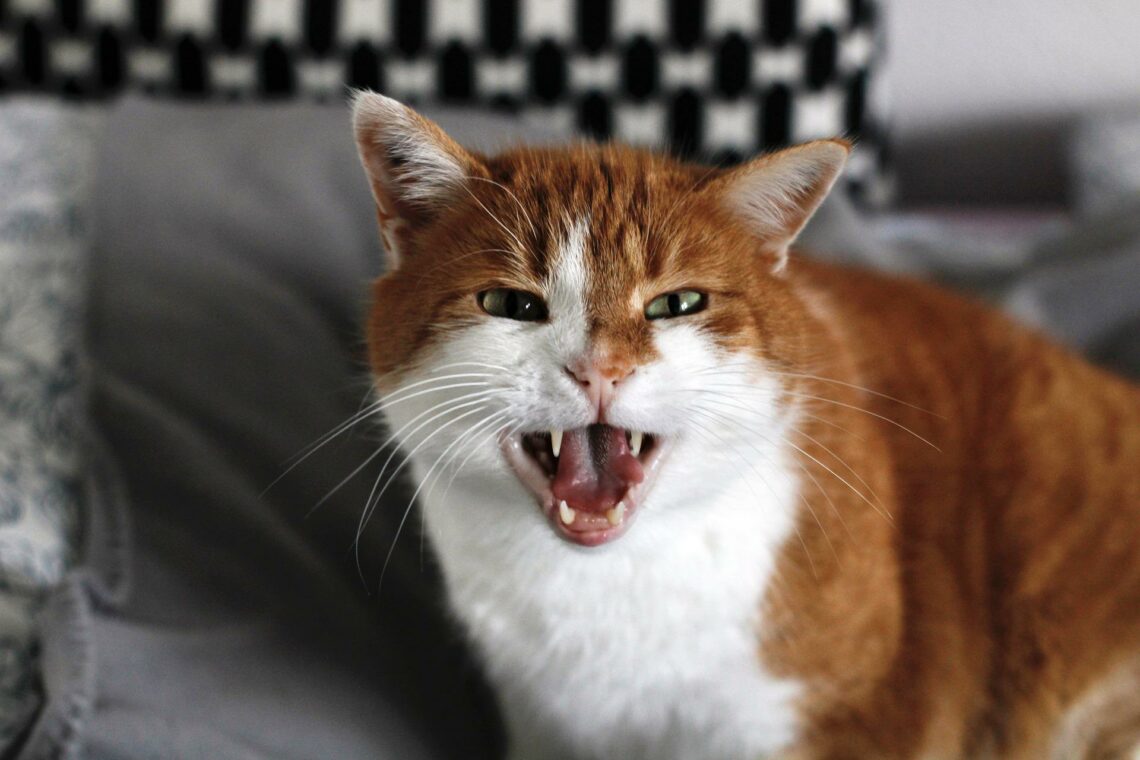



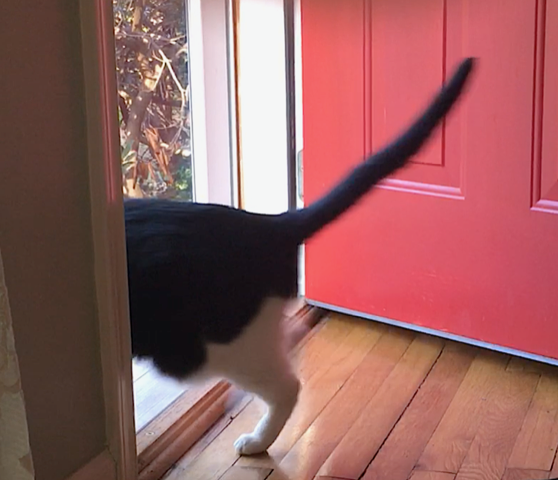

Leave a Reply